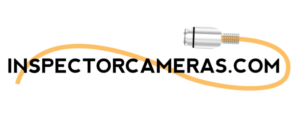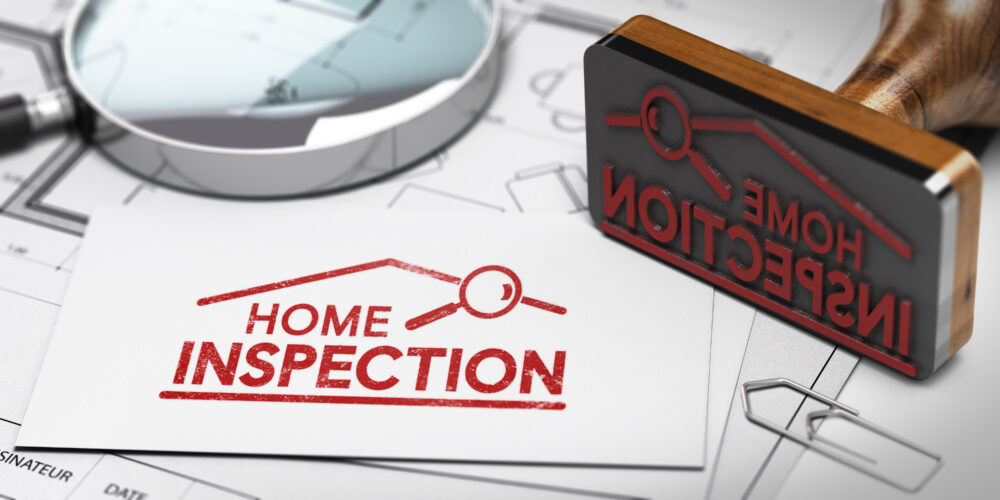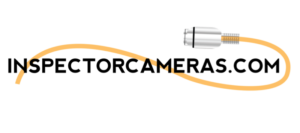This article will discuss sewer and drain inspections, their significance in home inspection, and how inspectors can conduct them efficiently. Our goal is to offer useful guidance that will enable you to perform top-quality sewer scope inspections. With the percentage of home buyers requesting home inspections decreasing, adding additional services is a great way to maintain your revenue with fewer clients. The money this simple service can save the homebuyer when choosing a new house will far outweigh the cost and have the added benefit of peace of mind.
What Is a Sewer Scope Inspection?
A sewer and drain inspection is a thorough examination of a property’s sewer line and drains using a specialized camera. The camera is inserted into the sewer line via an access point, usually a cleanout, and records video footage of the pipe’s condition. Sewer scope inspections are crucial for identifying potential issues, such as blockages, cracks, and root intrusion, which can cause significant damage if left unaddressed.
Grow your business
If you’re looking to expand your home inspection business, adding a sewer scope option is a great way to do it. With this addition, you can provide your clients with a comprehensive inspection of their plumbing system, ensuring that everything is working properly and identifying any potential issues before they become major problems. Not only will this increase your revenue, but it will also set you apart from other home inspectors in your area who may not offer this service. To get started, you’ll need to invest in the necessary equipment and training, as well as market your services to potential clients. However, the long-term benefits of offering sewer scopes make it a worthwhile investment for your business.
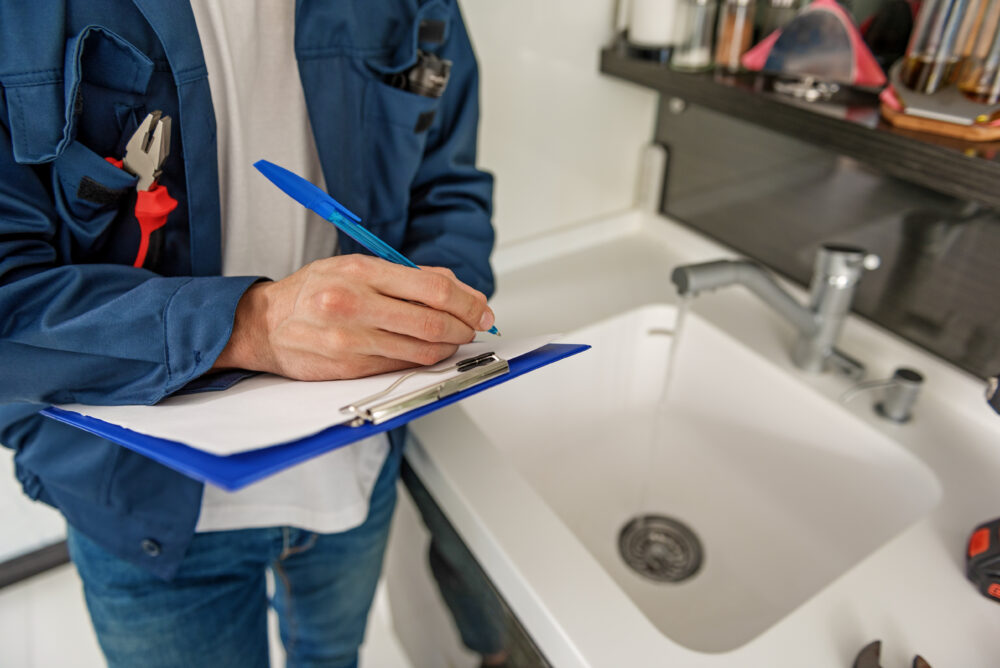
The Importance of Sewer Scopes for a Home Inspector
Sewer scope inspections are indispensable for home inspectors for several reasons:
- Protecting homeowners and buyers: By detecting sewer line issues early on, inspectors can help homeowners address them promptly, saving them from costly repairs and potential health hazards.
- Enhancing property value: A well-maintained sewer line is a major selling point for prospective buyers, reflecting a well-cared-for property.
- Preventing legal disputes: A thorough sewer scope inspection can mitigate the risk of disputes between sellers and buyers concerning undisclosed sewer line issues.
- Expanding inspection options: Offering sewer scope inspections as part of your suite of options can help attract more clients and increase your revenue.
The Sewer System Inspection Process
Here’s a step-by-step guide to performing a sewer scope inspection that should be performed at every house. These steps may be modified if the homes have a pool, city sewage vs septic, type of sewer system, or known water issues.
1. Prepare Your Equipment
2. Locate the Entry Point
Locate the optimal entry point, usually a cleanout, main stack, or vent stack, to insert the sewer camera. Make sure the selected access point or drain is clear of any debris or blockages.
3. Insert the Camera and Inspect the Sewer Line
Slowly and carefully insert the camera into the sewer line. As you advance the camera, watch the monitor for any signs of blockages, cracks, root intrusion, or other abnormalities. Record the footage for your records and the homeowner’s reference.
4. Evaluate the Findings and Prepare a Report
After completing the inspection, analyze the footage and document your findings. Prepare a detailed report with images from the inspection, noting any issues and providing recommendations for remediation.
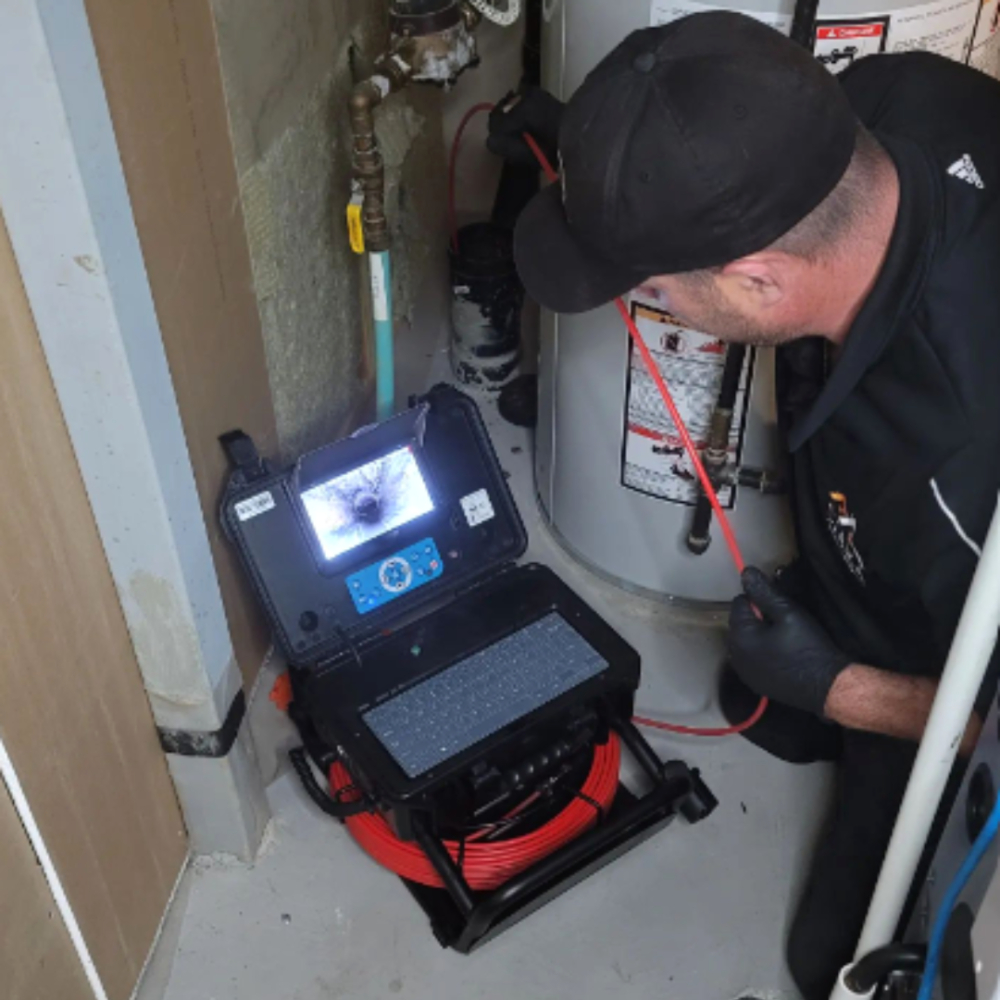
Common Sewer Line Issues and Solutions
Here are some common sewer line problems and their solutions:
- Blockages: Caused by grease, debris, or foreign objects, blockages can be resolved using hydro jetting or snaking.
- Root intrusion: Tree roots can infiltrate sewer lines, causing damage and blockages. Removing the roots and repairing the pipe may be necessary.
- Cracks and breaks: Over time, pipes can crack or break due to corrosion, ground movement, or aging. Depending on the severity, repairs or pipe replacement may be required.
- Pipe belly: A sagging sewer line can lead to slow drainage and blockages. Pipe re-sloping or replacement is often necessary.
Tips for Effective Sewer Scope Inspections
To ensure you provide the best possible sewer scope inspections, follow these best practices:
- Invest in quality equipment: A high-resolution camera and reliable recording device will enable you to capture clear footage for accurate analysis.
- Stay up-to-date with industry trends: Regularly attend seminars, workshops, and industry events to expand your knowledge and stay informed about the latest technologies and techniques.
- Develop clear communication skills: Clearly explain your findings to homeowners and potential buyers, emphasizing the importance of addressing issues promptly.
- Be thorough and detail-oriented: Take your time during inspections and ensure you cover every section of the sewer line. Being thorough can help you uncover issues that might otherwise go unnoticed.
- Maintain records and documentation: Keep organized records of all inspections, including reports and footage, to provide clients with comprehensive information and to establish your credibility as an inspector.
Benefits of Sewer Scope Inspections for Homeowners and Buyers
- Conducting a sewer scope inspection offers numerous benefits for both homeowners and buyers:
- Cost savings: Identifying and addressing sewer line issues early on can prevent costly repairs and replacements in the future.
- Peace of mind: Knowing the condition of the sewer line can help homeowners and buyers make informed decisions and negotiate better deals.
- Health and safety: By detecting and rectifying sewer line issues, inspectors can help prevent potential health hazards caused by sewage backup and leaks.
- Environmental responsibility: A well-maintained sewer line contributes to a cleaner environment by preventing sewage contamination of soil and groundwater.
Expanding Your Home Inspection Business with Sewer Scope Services
Expanding your home inspection business by offering sewer scope inspection services is a smart move. By adding this service, you can differentiate your business from your competitors and increase your revenue. Moreover, sewer scope inspections are becoming increasingly necessary for homeowners and buyers who are looking to make informed decisions about their properties.
By emphasizing the importance of addressing issues promptly, you can help your clients avoid costly repairs and replacements in the future. Additionally, being thorough and detail-oriented will enable you to uncover any issues that might go unnoticed, further establishing your credibility as a home inspector.
- Invest in marketing: Promote your sewer scope services on your website, social media platforms, and through targeted email campaigns. Highlight the benefits of sewer scope inspections to attract potential clients. This can include examples of people that benefited from your inspection.
- Network with real estate professionals: Build relationships with real estate agents and brokers who can recommend your services to their clients. Serving as the go-to inspector can be a great boost to business.
- Offer package deals: Offer bundled inspection packages and charge a single price that includes sewer scope services to provide a more convenient and affordable option for clients. Simplify the decision-making process for potential customers by offering a single, competitive price that covers both a general inspection and a drain inspection.
- Develop a strong reputation: Strive to provide top-notch sewer scope inspections and exceptional customer service to establish a reputation for excellence and reliability.
What are some of the most common problems that home inspectors find with sewer and drain systems?
One of the most common problems that home inspectors find with sewer and drain systems is clogging. Blockages can occur due to a variety of reasons, including tree roots, grease buildup, and debris. Clogged sewer lines can cause wastewater backups, leading to unpleasant odors, water damage, and potential health hazards.
Another frequent issue encountered during sewer scope inspections is deterioration or damage to the pipes. Aging pipes may crack, collapse, or develop holes, allowing water and waste to leak out into the soil. Damaged pipes can also attract rodents and insects, exacerbating the problem.
In addition, home inspectors may discover misaligned or improperly installed pipes during sewer and drain inspections. These types of issues can cause serious problems, including water damage to the foundation or basement, and expensive repairs.
Finally, low water pressure or slow drains are strong indicators of a potential sewer or drain system problem. These issues may be signs of blockages, pipe corrosion, or leaks. Home inspectors should pay careful attention to these symptoms during their sewer and drain inspections to identify potential problems and recommend the appropriate repairs.
Overall, sewer and drain inspections play a critical role in identifying potential issues in a property’s sewer system. By detecting problems early on, homeowners, buyers, and sellers can avoid costly repairs down the line and make informed decisions about their properties.
Conclusion
Sewer scope inspections represent a vital role in protecting homeowners and buyers from potential financial and health hazards. By following the guidelines and tips provided in this comprehensive guide, you can enhance your home inspection services and provide clients with the detailed, accurate information they need to make informed decisions about their properties.
